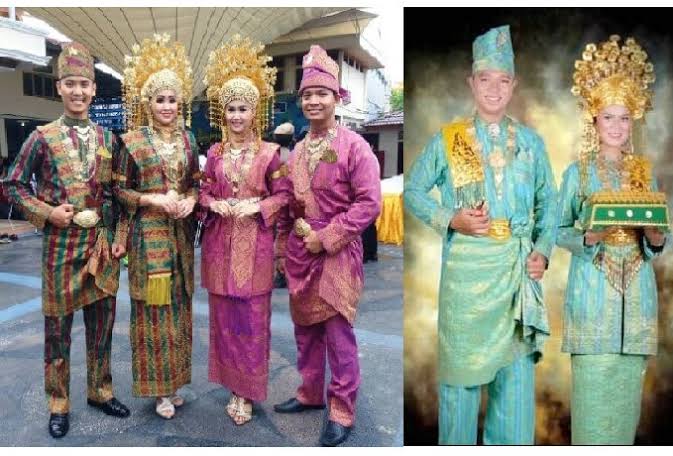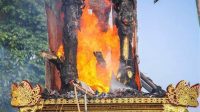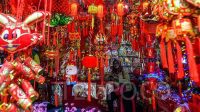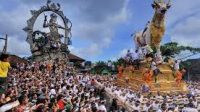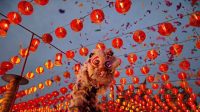KUPASONLINE.COM — Not much different from Indonesia, the population of Malaysia also consists of various ethnicities. As much as 57% of the total population of Malaysia are ethnic Malays, while the remainder consists of ethnic Chinese, Indians and other ethnicities.
Malaysia is known as a country that has a dynamic mix of races and religions. Nonetheless, Malaysians can live together in mutual respect, peace and harmony.
When talking about culture in general, Malaysia and Indonesia have many cultural similarities. However, some of these similarities do not make everything in Malaysia the same as in Indonesia.
Therefore, it is important for you to know the cultural profile of the Malaysian population before visiting and living in this neighboring country. Mature knowledge will help you adapt to life there.
Similar to Indonesia, the majority of Malaysia’s population is also Muslim. Therefore, Malaysia is known as a Muslim-friendly country, both in terms of culture and culinary. Not only Islam, in Malaysia there are also people who are Buddhists, Christians, Hindus and other religions. Regarding language, Malaysians use Malay as the national language. However, English is also used to communicate widely.
The ethnic population of Malaysia is dominated by ethnic Malays, Bumiputera, Chinese and Indians. Bumiputera itself is a combination of ethnic Malays, Orang Asli, Dayak, and Children of the Country. Apart from these ethnicities, there are other ethnicities and tribes such as Kadazan Dusun, Bajau, Murut, Iban, Bidayuh, and Orang Ulu.
Not only residents, the architecture of buildings in Malaysia is also quite diverse. There are typical Malay, Chinese, Indian, Sabah and Sarawak native architecture, as well as typical colonial architecture. Typical Malay buildings are generally supported by pillars above the ground, such as houses on stilts in Indonesia. Then, typical Chinese and Indian buildings feature more beautiful carvings and magnificent paint. Meanwhile, the architecture of the buildings of the Indigenous People of Sabah and Sarawak is typical with long houses and villages above the water.
Malaysia is a country that was colonized by the Portuguese, Dutch and British. Thus, many old buildings in Malaysia have typical colonial architecture. For example, the Sultan Abdul Samad Building. This proves that many architectural buildings in Malaysia are still steeped in history in the past.
Malaysia’s multicultural and multiracial heritage can be seen clearly in its variety of music and dance forms. There are dances from the Malays, Orang Asli, Chinese, Indians, Portuguese, to dances from the ethnic Sabah and Sarawak. There are many types of music playing in Malaysia, including orchestra, sweet potato tambourine, kompang, gambus, and sape. Some types of dance typical of the Malaysian population, namely Malay mak yong, horse braid, zapin, dance, candle dance, silat, bhangra, datun julud, and bamboo dance. This typical Malaysian dance is generally performed during celebrations of major events in Malaysia such as Chinese New Year or New Year celebrations.
In the past, many Malaysians wore clothes made of genuine leather and beads. However, along with the emergence of ancient kingdoms in Malaysia, textile clothing made from hand-woven and woven, or commonly known as songket cloth, began to appear. Later, when foreign trade developed in Malaysia, many residents began to wear clothes made of Chinese silk, sarongs from India, and robes from Arabia.
The development of these clothing materials has influenced the traditional clothing of the Malaysian population to this day. Traditional clothing that is still widely worn by Malaysians includes the Malay kebaya, Indian saree, and Chinese cheongsam. For those of you who are going to visit Malaysia, you can buy these traditional clothes as souvenirs.
